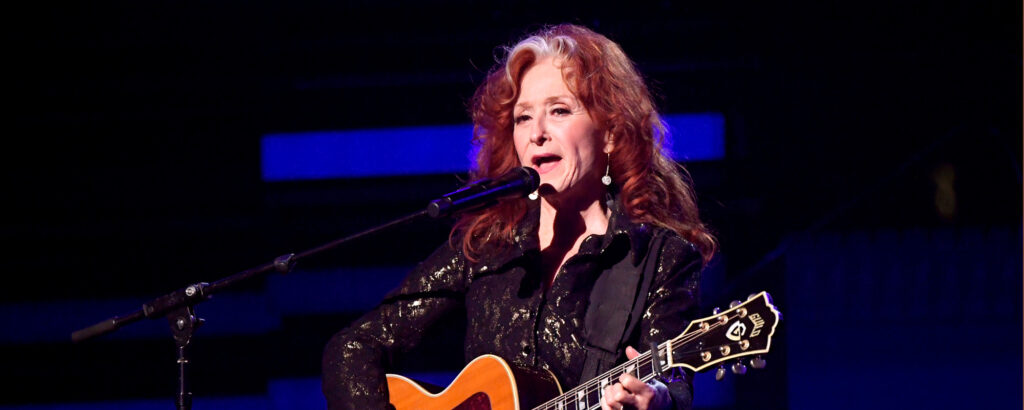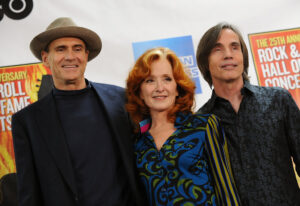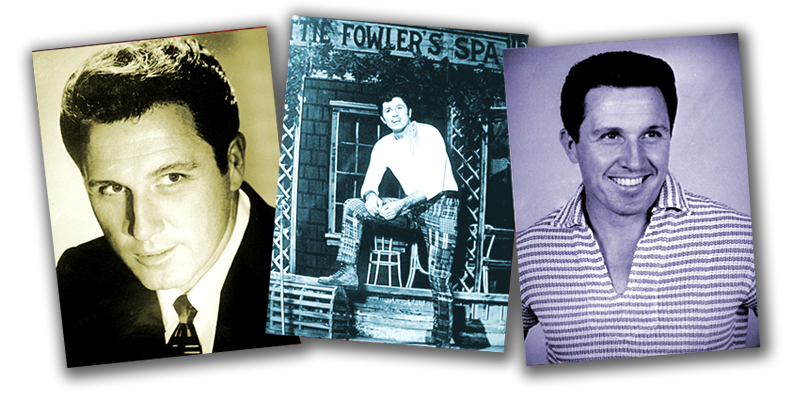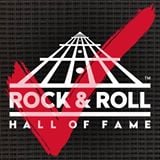
When Bonnie Raitt won a phenomenal four Grammys in 1990, it came as overdue recognition for an artist who had been breaking down barriers of gender and genre since the early Seventies.
Melissa Etheridge inducts Bonnie Raitt Rock & Roll Hall of Fame Inductions 2000
Bonnie Raitt accepts Rock and Roll Hall of Fame Inductions 2000
Bonnie Raitt performs Thing Called Love Rock and Roll Hall of Fame Inductions 2000
Bonnie Raitt & Eric Clapton 3-8-00 TV performance
Bonnie Raitt performs I Can’t Make You Love Me at the 2000 Hall of Fame Induction Ceremony
Finale performance of Route 66 at the 2000 Rock & Roll Hall of Fame Induction Ceremony
Finale Performance of Sweet Home Chicago at the 2000 Rock & Roll Hall of Fame Induction Ceremony
Her feel for the blues was evident on her first album, Bonnie Raitt (1971), and though she’s explored different kinds of material over the years — including pop, rock and balladry — a serious rooting in the blues has remained evident in her work.
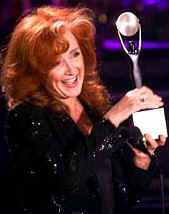
Bonnie Lynn Raitt was born in 1949 in Burbank, California. Her father, John Raitt, became a major Broadway star in the Forties and Fifties, as a result of his roles in such musicals as Oklahoma!, Carousel, Annie Get Your Gun, The Pajama Game and Kiss Me Kate. Her mother, Majorie Haydock, was a piano player. The family spent most of Bonnie’s early years shuttling between the two coasts until 1957, when they settled in Los Angeles after her father landed a role in the film version of The Pajama Game. Bonnie got her first guitar – a $25 Stella – as a Christmas present when she was eight years old. At the time, her instrument of choice was piano, but within a few years, she changed her mind. Her maternal grandfather played Hawaiian lap-steel guitar, and he taught her a few chords. Then, while attending a Quaker summer camp in the Adirondacks, Bonnie was exposed to folk and protest music. In addition, when she was 14, she learned about the blues via an album recorded at the 1963 Newport festival,Blues at Newport 1963, and a batch of Ray Charles recordings a family friend had given her.
When she was 15, Bonnie and her family moved back East. She attended a Quaker high school in Poughkeepsie, New York, then enrolled in Radcliffe College in Cambridge, Massachusetts. She took classes at both Radcliffe and Harvard and majored in social relations and African studies. While attending college in Boston, she gravitated to the Cambridge folk-blues scene of the late Sixties. She emerged as both a prodigy and anomaly: a young woman who sang blues with gritty passion and played slide guitar with authority, as if the genre’s fundamentals had been etched in her soul.
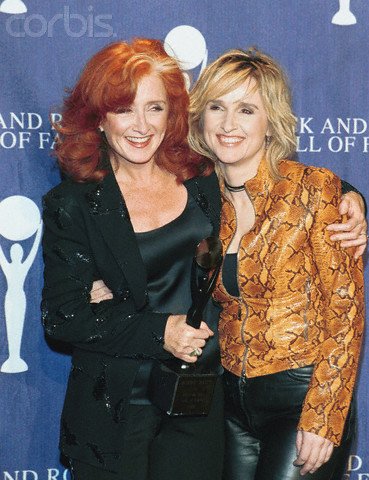
While at Radcliffe, Raitt met Dick Waterman, a former photojournalist who had helped many bluesmen resuscitate their careers in the wake of the Sixties blues revival. He took her under his wing, and Raitt was schooled by, and performed alongside, such estimable legends as Sippie Wallace, Mississippi Fred McDowell and Son House. “I’m certain that it was an incredible gift for me to not only be friends with some of the greatest blues people who’ve ever lived, but to learn how they played, how they sang, how they lived their lives, ran their marriages and talked to their kids,” she said.
Eventually, Raitt decided to pursue music full time. “I never expected to have a career in music,” she said. “But I thought, ‘Geez, if I want to take a semester off from college and support myself by making $50 here and there, well. . . .’ It was hilarious to me that it went over.” After one of her shows at the Gaslite Club in New York, Raitt was offered a recording contract with Warner Bros. Records. Throughout her career, she’s combined an old-school country-blues grounding with a contemporary outlook and willingness to experiment. She recorded eight albums for Warner Bros. from 1971 to 1986, progressively moving from straight blues into more pop-oriented areas without losing sight of her roots. All the while, she selected tunes by the choicest songwriters (e.g., Randy Newman, John Prine, Eric Kaz, Allen Toussaint and Jackson Browne), while working with the cream of Southern California musicians, including members of Little Feat. By the mid-Seventies, she’d accrued a loyal and growing following on the strength of such albums asStreetlights (1974) and Home Plate (1975). The commercial pinnacle of Raitt’s tenure with Warner Bros. was her cover of the Del Shannon song “Runaway,” which garnered radio airplay and became a minor hit.
Her graduation from respected cult figure to major artist occurred after her move to Capitol Records. Raitt’s breakthrough album, Nick of Time (1989), slowly gained momentum, reaching the top of the chart exactly a year after its release — and a month after Raitt won the aforementioned batch of Grammys. On that memorable evening, Raitt put her awards in selfless perspective: “It means so much for the kind of music that we do,” she said. “It means that those of us who do rhythm & blues are going to get a chance again.” Indeed, the followup album Luck of the Draw fared even better, selling 5 million copies and winning three more Grammys. It also gave Raitt the first bonafide hit single of her 20-year career in “Something to Talk About,” which reached Number Five. In 1994, Raitt released Longing in Their Hearts. The album went to Number One and won two Grammys.

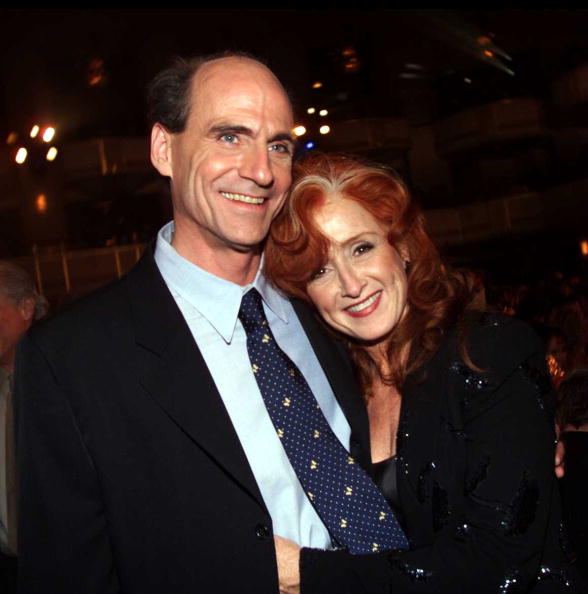
Subsequent albums have included the double-live CD Road Tested (1995), Fundamental (1998), Silver Lining (2002) and Souls Alike (2005). After the release of Souls Alike, Raitt took a break from touring and recording. Both of her parents had died, her brother had died and one of her best friends had died. “I took a hiatus from touring and recording to get back in touch with the other part of my life,” she said. In 2009, Raitt appeared at the Rock and Roll Hall of Fame’s 25th anniversary concert at Madison Square Garden in New York City.
Then, in 2012, Raitt released her first album in seven years, Slipstream. She issued the album on her own label, Redwing Records, and it sold more than a quarter-million copies and won a Grammy for Best Americana Album. Over the course of her career, Raitt has won 10 Grammys. Rolling Stone magazine ranked her at Number 50 in its list of the 100 Greatest Singers of All Time and at Number 89 in its list of the 100 Greatest Guitarists of All Time.
Bonnie Raitt (vocals, guitar; born November 8, 1949)




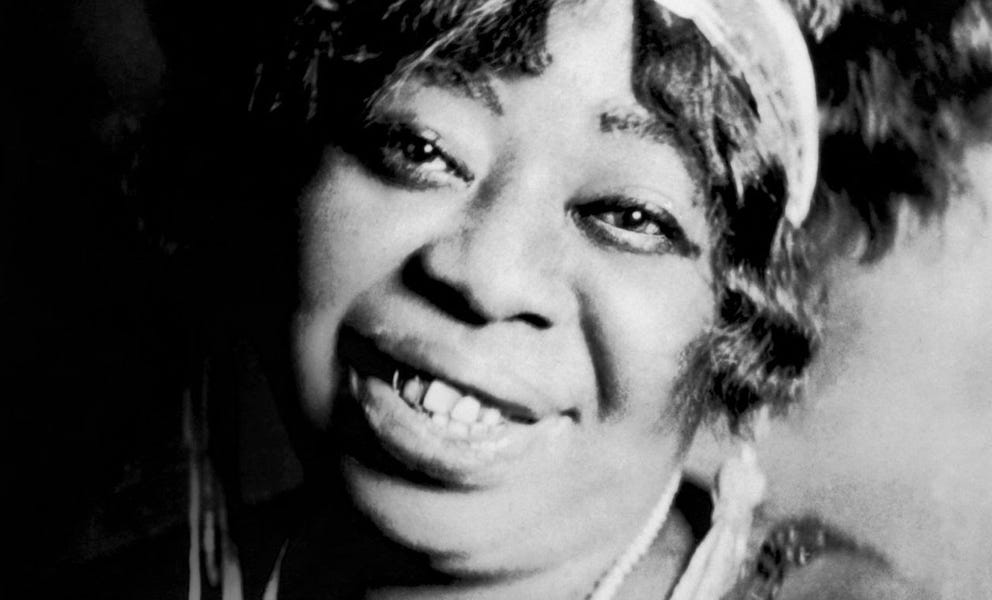

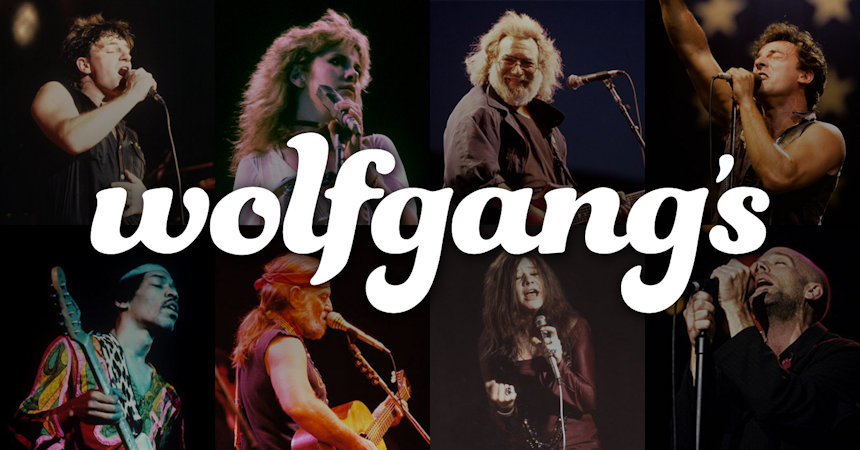





 Visitors Today : 99
Visitors Today : 99 Now Online : 1
Now Online : 1






